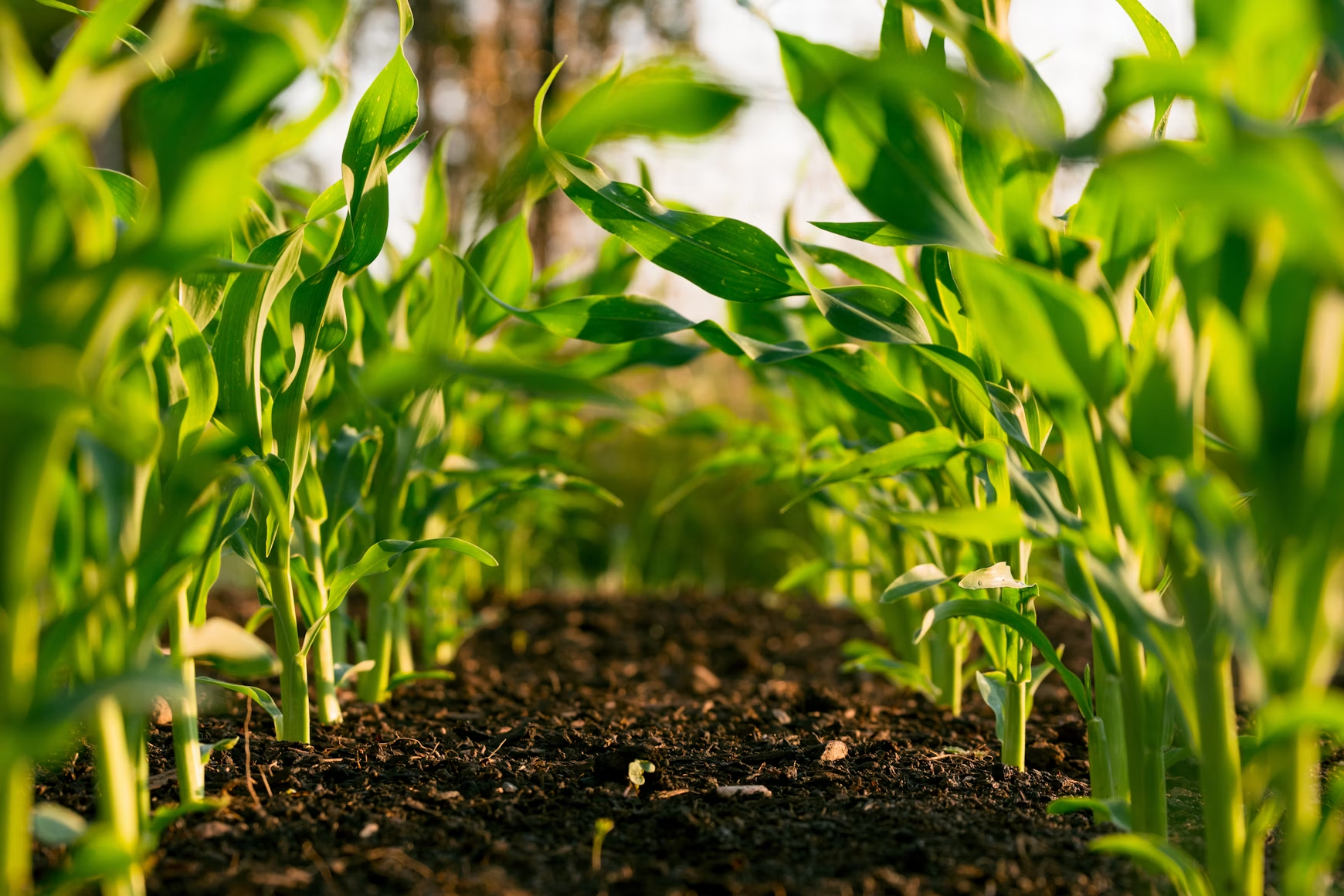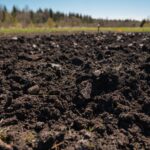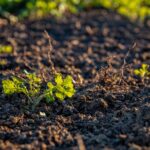Potassium humate is a valuable compound widely utilized in fertigation, the process of delivering fertilizers through irrigation systems to provide plants with essential nutrients efficiently. Derived from humic substances found in organic matter such as leonardite, lignite, or peat, potassium humate is a water-soluble product rich in humic and fulvic acids, combined with potassium. Its application in fertigation enhances soil fertility, promotes plant growth, and improves nutrient uptake, making it a popular choice in modern agriculture.
Composition and Properties of Potassium Humate
Potassium humate is formed through the neutralization of humic acids with potassium hydroxide, resulting in a product that contains humic acids (typically 50–80%), fulvic acids (5–15%), and potassium (8–12% as K₂O, depending on the formulation). These organic components are derived from decomposed plant and animal matter, giving potassium humate its ability to interact with soil, nutrients, and plant roots. Its solubility in water makes it particularly suitable for fertigation, as it can be easily mixed into irrigation systems and delivered directly to the root zone.
Benefits of Potassium Humate in Fertigation
The use of potassium humate in fertigation provides multiple advantages for crop production and soil health, as outlined below:
- Enhanced Nutrient Availability: Potassium humate improves the soil’s ability to retain and exchange nutrients, a property known as cation exchange capacity (CEC). By binding to essential nutrients like nitrogen, phosphorus, calcium, and micronutrients (e.g., iron, zinc, and manganese), it prevents nutrient leaching and makes them more available for plant uptake. This is particularly beneficial in fertigation, where precise nutrient delivery is critical.
- Improved Soil Structure: The humic and fulvic acids in potassium humate promote the formation of soil aggregates, which enhance soil porosity, water retention, and aeration. This creates a favorable environment for root growth and ensures that water and nutrients delivered through fertigation are effectively utilized by plants.
- Potassium Nutrition: Potassium is an essential macronutrient that regulates water movement in plants, supports enzyme activation, and enhances photosynthesis and carbohydrate production. Potassium humate provides a readily available source of potassium, which is critical for crops during growth stages such as fruit development or flowering.
- Stress Mitigation: Plants treated with potassium humate often exhibit greater resilience to environmental stresses, such as drought, high salinity, or extreme temperatures. The humic substances stimulate root development, improve water uptake, and enhance the plant’s ability to cope with adverse conditions, which is particularly valuable in regions with challenging climates.
- Stimulation of Soil Microbial Activity: Potassium humate fosters the growth of beneficial soil microorganisms, which play a key role in breaking down organic matter and cycling nutrients. This microbial activity supports long-term soil health and enhances the efficiency of fertigation by ensuring nutrients are in forms that plants can absorb.
- Improved Plant Growth and Yield: By combining the benefits of nutrient availability, soil improvement, and stress resistance, potassium humate contributes to healthier plants, improved crop quality, and higher yields. This is especially important in high-value crops like fruits, vegetables, and ornamentals, which are commonly grown using fertigation systems.
Application of Potassium Humate in Fertigation
In fertigation, potassium humate is typically applied in liquid form, either as a pre-dissolved solution or as a soluble powder mixed into the irrigation water. It is compatible with drip irrigation, sprinkler systems, and other fertigation setups, allowing for precise delivery to the plant’s root zone. The application process involves the following considerations:
- Dosage and Concentration: Application rates vary depending on crop type, soil conditions, and growth stage. A common range is 0.5–2 kg per hectare per application, diluted in sufficient water to ensure even distribution. For example, in drip irrigation, potassium humate may be applied at a concentration of 0.1–0.5% in the irrigation water, depending on the system and crop needs.
- Frequency: Potassium humate is typically applied at regular intervals during the growing season, such as every 7–14 days, to maintain consistent nutrient availability and soil health benefits. It is often used during key growth stages, such as vegetative growth, flowering, or fruit setting, to maximize its impact.
- Mixing and Delivery: Potassium humate should be thoroughly dissolved in water before being added to the fertigation system to prevent clogging of emitters or nozzles. It is generally compatible with most water-soluble fertilizers, such as urea, potassium nitrate, or monoammonium phosphate, but a compatibility test (e.g., a jar test) is recommended to avoid precipitation or chemical reactions.
- Timing: Application is most effective when timed with irrigation cycles that coincide with peak plant nutrient demand. For example, applying potassium humate during early morning or late afternoon irrigation ensures optimal absorption and minimizes evaporation losses.
Practical Considerations
To maximize the effectiveness of potassium humate in fertigation, several factors should be considered:
- Soil and Water pH: Potassium humate has a slightly alkaline nature (pH typically 8–10). In fertigation systems, the pH of the nutrient solution should be monitored and adjusted to a range of 5.5–6.5, as this is optimal for most crops. If the irrigation water or soil is highly acidic or alkaline, additional pH management may be required.
- Quality of Potassium Humate: The efficacy of potassium humate depends on its humic and fulvic acid content, as well as its solubility and purity. High-quality products with a high percentage of active humic substances (e.g., 60–80% humic acid) are more effective and should be sourced from reputable suppliers.
- System Maintenance: While potassium humate is generally safe for fertigation systems, regular maintenance of irrigation equipment is essential to prevent clogging, especially in drip systems with small emitters. Flushing the system after application can help maintain functionality.
- Crop-Specific Needs: Different crops respond variably to potassium humate. For instance, vegetables like tomatoes and cucumbers benefit from its ability to enhance fruit quality, while cereals may see improved root development and stress tolerance. Tailoring application rates to specific crops and growth stages is critical for optimal results.
- Environmental Impact: Potassium humate is an organic-based product, making it environmentally friendly when used correctly. However, overuse should be avoided to prevent nutrient imbalances or excessive potassium accumulation in the soil.
Limitations and Precautions
While potassium humate is highly beneficial, it is not a complete fertilizer and should be used as part of a balanced fertigation program that includes other essential nutrients. Additionally, its effectiveness may be reduced in soils with extremely low organic matter or in systems with poor irrigation management. Regular soil testing and monitoring of plant health are recommended to ensure that potassium humate is addressing specific deficiencies or needs.
Conclusion
Potassium humate is a versatile and effective tool in fertigation, offering benefits such as improved nutrient availability, enhanced soil structure, potassium supplementation, and increased plant resilience. Its water-soluble nature and compatibility with irrigation systems make it an ideal choice for precision agriculture. By carefully considering application rates, timing, and system compatibility, growers can maximize the advantages of potassium humate to achieve healthier crops and higher yields.









